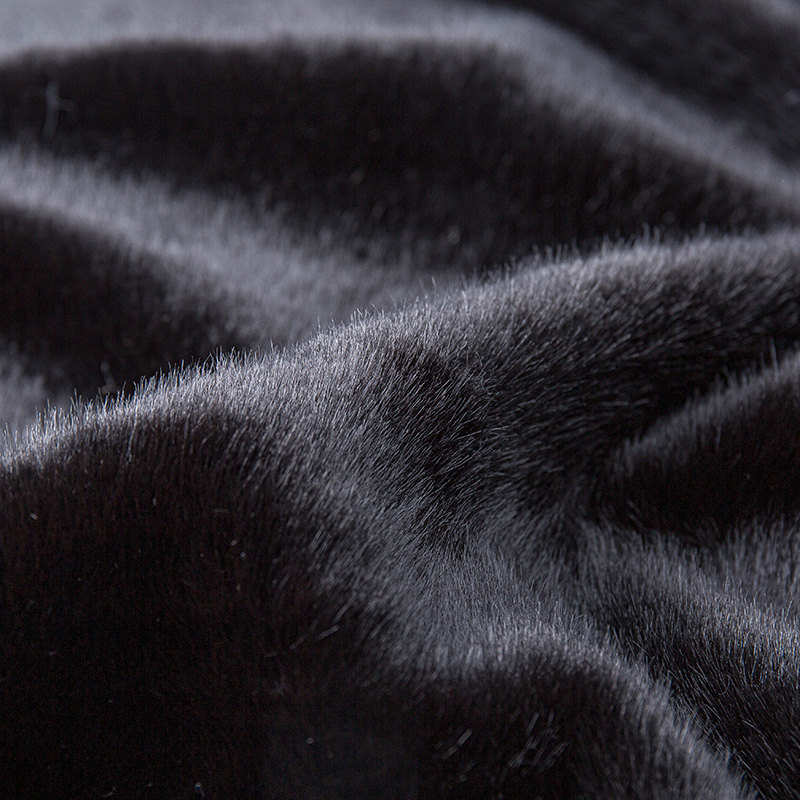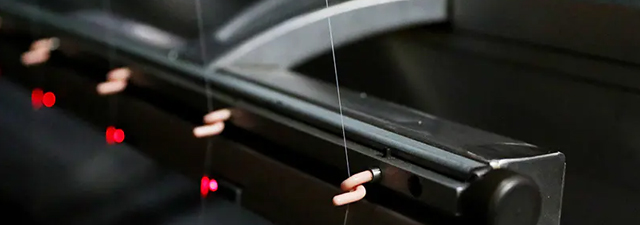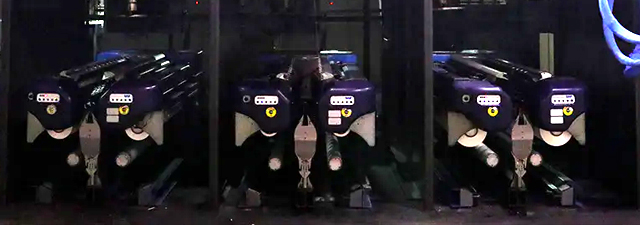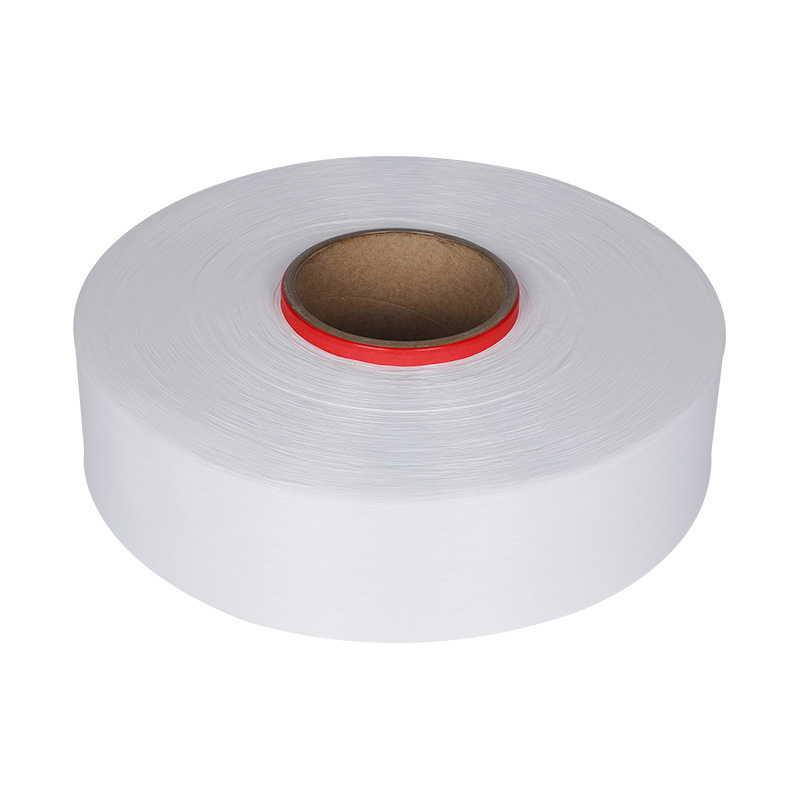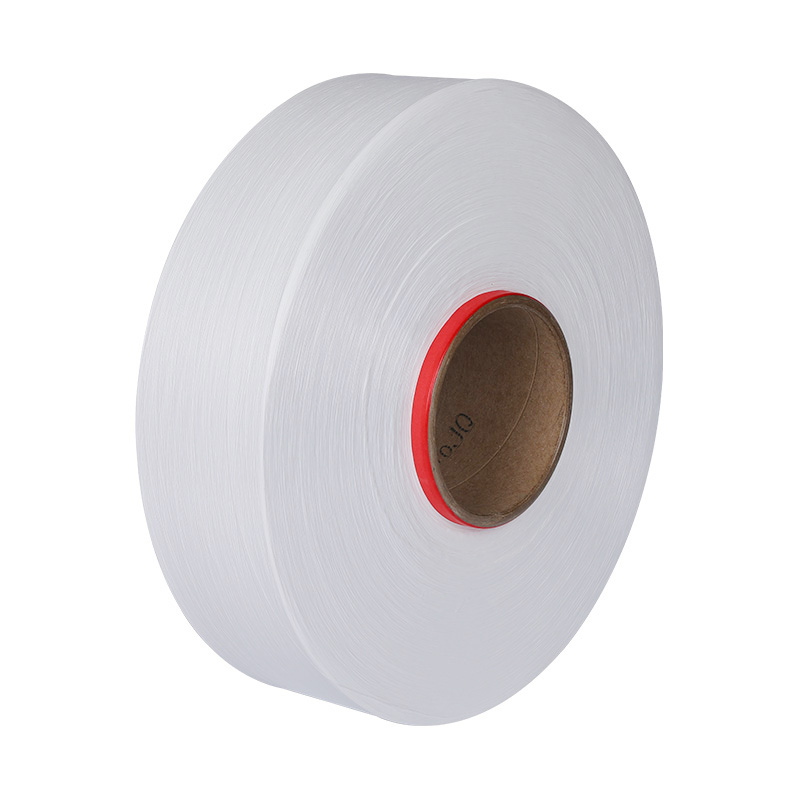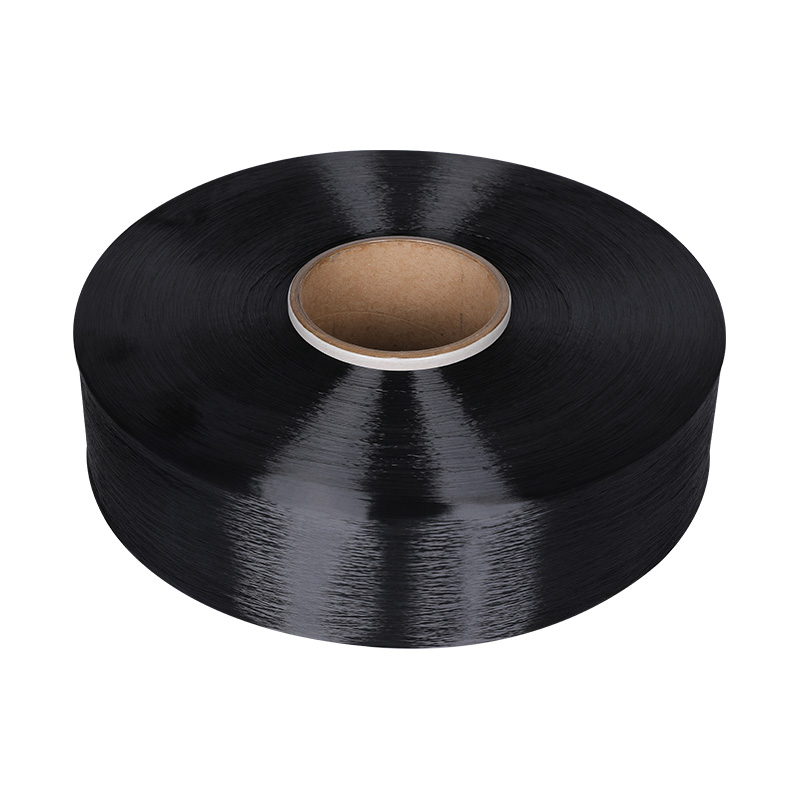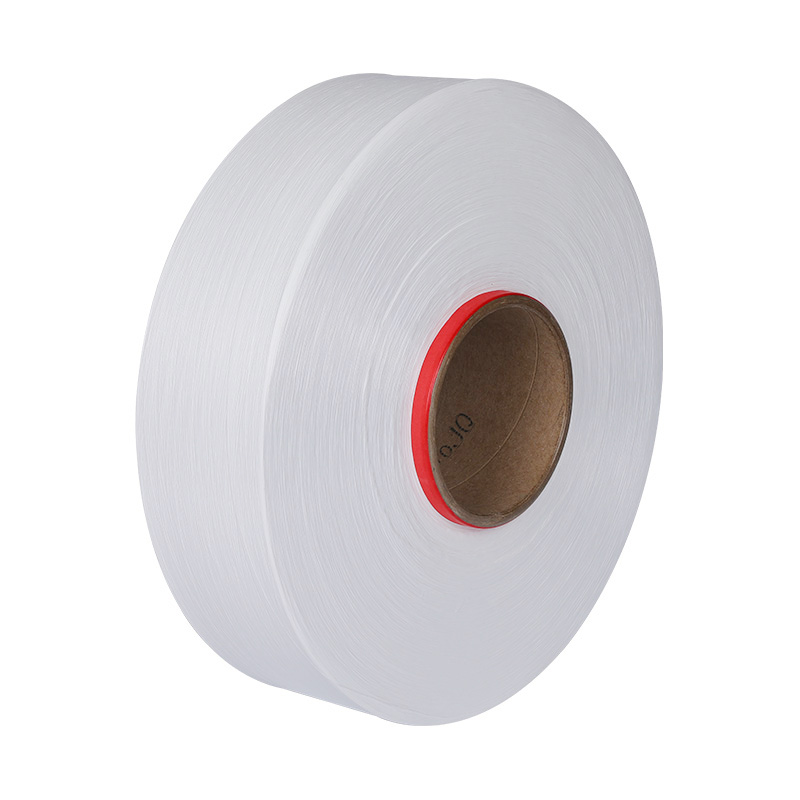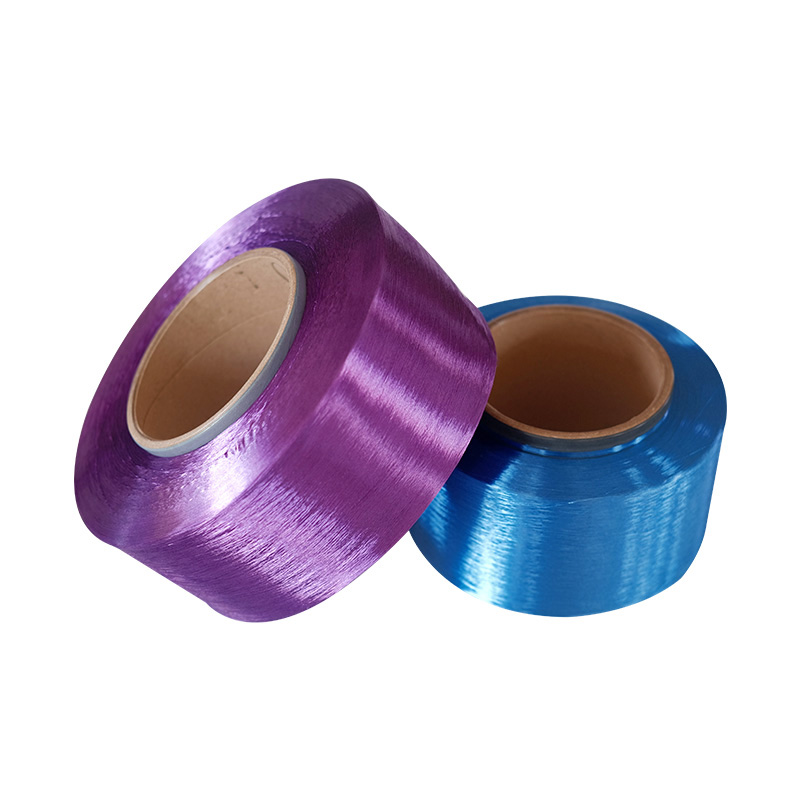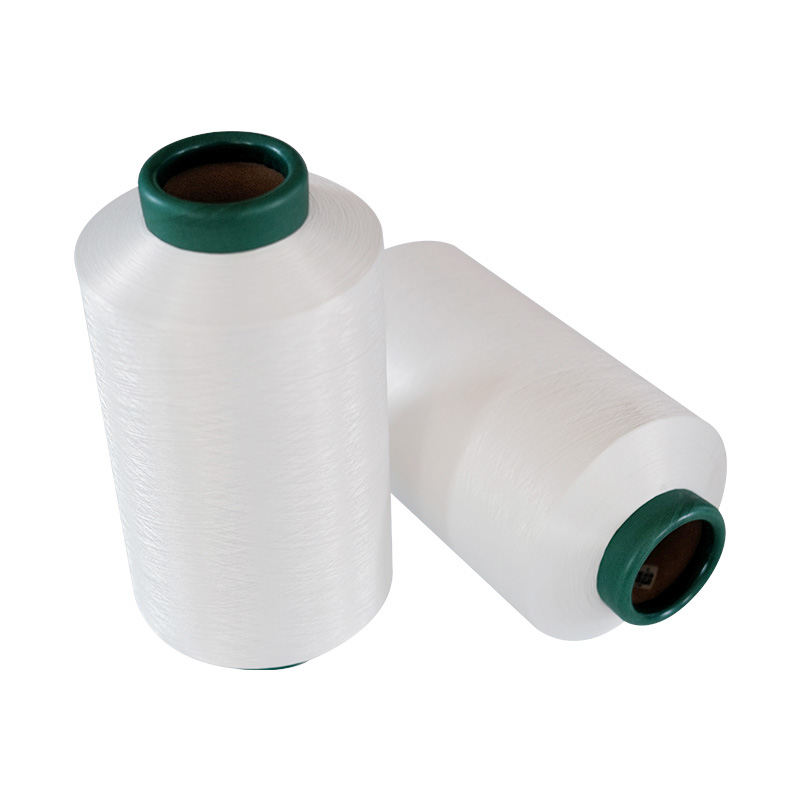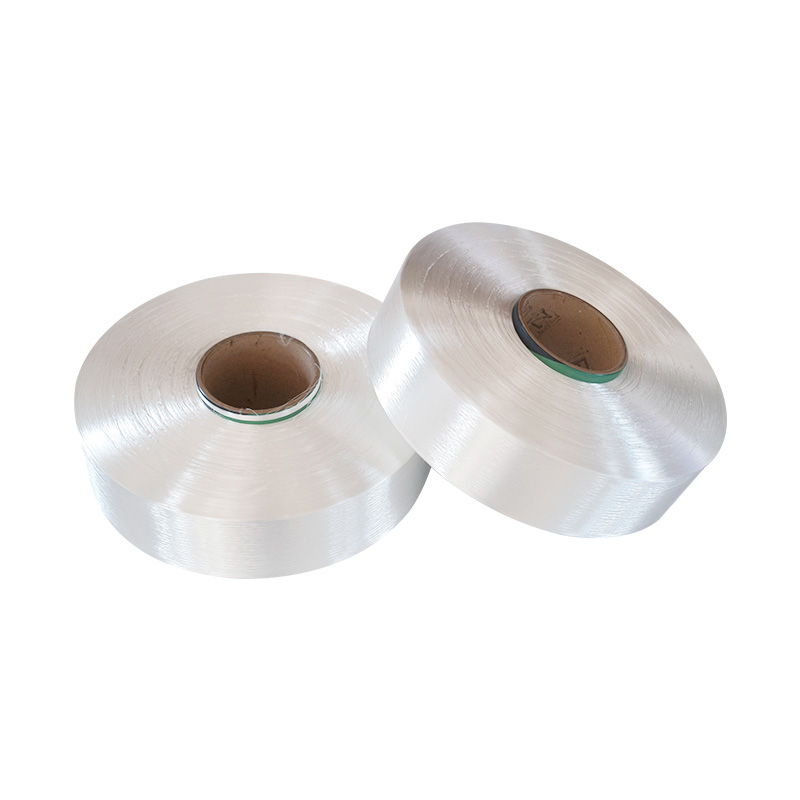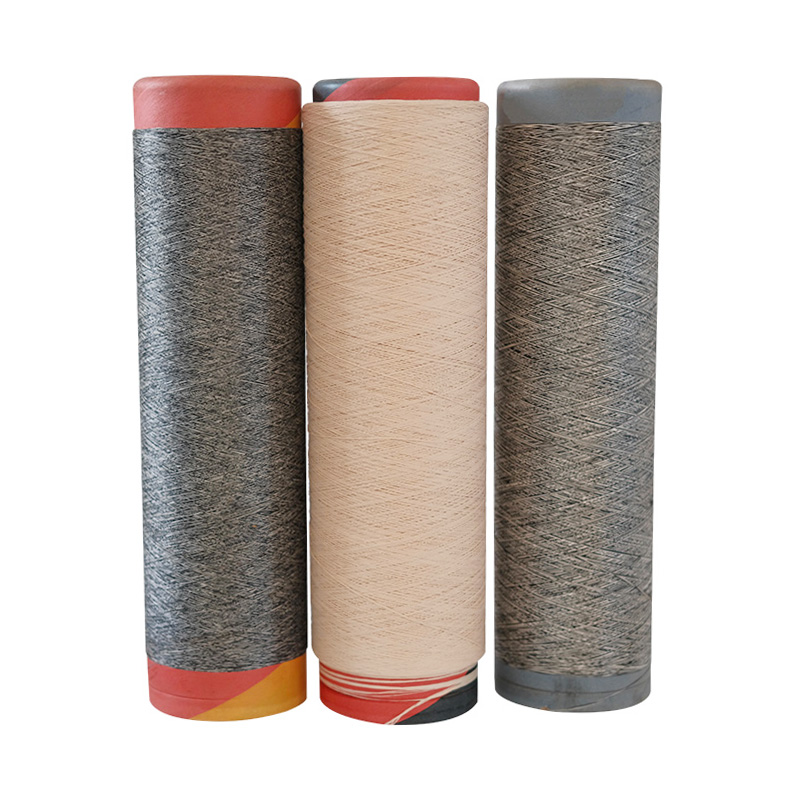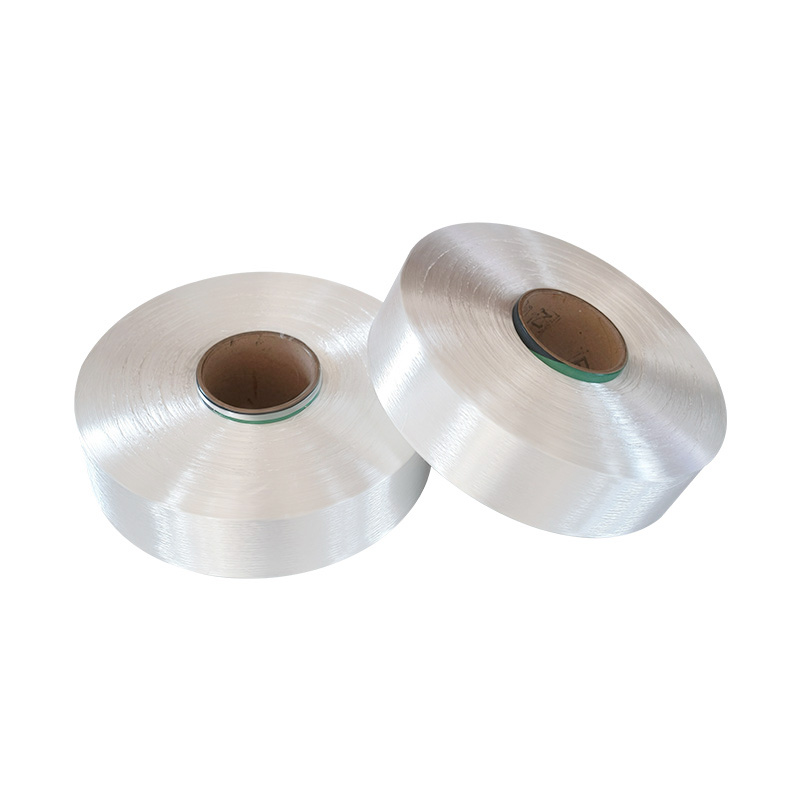Introduction
In the dynamic landscape of textile manufacturing, FDY (Fully Drawn Yarn) has emerged as a cornerstone for producing high-performance fabrics with superior dimensional stability and strength. Among its variants, the FDY Full Dull Yarn Series stands out for its unique matte aesthetic, achieved through advanced chemical modification during the spinning process. This series caters to industries demanding both functionality and understated elegance, from premium apparel to sophisticated home décor.
Unlike conventional bright or semi-dull yarns, full dull polyester filaments minimize light reflection, creating a velvety, low-gloss surface that aligns with modern design trends favoring subtlety and refinement. Beyond aesthetics, these yarns retain the inherent durability and versatility of polyester FDY, making them a preferred choice for applications requiring resistance to wrinkling, abrasion, and environmental degradation.
This article delves into the properties that define FDY full dull yarn’s performance, explores its diverse applications across sectors, and uncovers the manufacturing intricacies behind its matte finish. By bridging technical expertise with real-world use cases, we aim to provide a comprehensive resource for textile professionals seeking to leverage this specialized yarn series.
1. Core Properties Analysis
The FDY Full Dull Yarn Series distinguishes itself through a combination of physical robustness and specialized optical properties, making it a versatile choice for high-performance textiles.
1.1 Material Composition & Optical Performance
Full Dull Polyester Filament: The matte finish is achieved by incorporating titanium dioxide (TiO₂) additives during the spinning process. This reduces light reflection to <15% (compared to >30% for bright yarns), creating a velvety surface ideal for applications requiring low gloss.
Contrast with Other Finishes
| Yarn Type | Gloss Level | TiO₂ Content | Typical Applications |
| Bright FDY | High (>30%) | None | Shiny fabrics, decorative textiles |
| Semi-Dull FDY | Moderate (15–30%) | Low (0.3–0.5%) | Everyday apparel, upholstery |
| Full Dull FDY | Low (<15%) | High (1.0–1.5%) | Premium apparel, automotive interiors |
1.2 Physical & Mechanical Properties
- Tensile Strength: 3.8–4.2 cN/dtex (similar to bright FDY, ensuring durability).
- Elongation at Break: 18–22%, providing resistance to stretching and deformation.
- Thermal Shrinkage: <5% at 190°C, ensuring dimensional stability during processing.
- Abrasion Resistance: Surpasses cotton and viscose, making it suitable for high-wear applications.
1.3 Functional Advantages
- Anti-Wrinkle Performance: The rigid molecular structure minimizes creasing, reducing ironing needs.
- UV Resistance: TiO₂ additives enhance protection against ultraviolet degradation, extending fabric lifespan.
- Color Fastness: Matte surfaces improve dye absorption, resulting in vibrant, long-lasting colors.
1.4 Comparison with Alternative Yarns
| Property | Full Dull FDY | Bright FDY | Semi-Dull FDY |
| Gloss Control | Low (matte) | High (shiny) | Moderate (semi-matte) |
| Dye Uptake | High (uniform color) | Moderate | Moderate |
| Fabric Handfeel | Smooth, velvety | Slick, reflective | Soft, slightly textured |
| Cost Efficiency | Moderate (additive cost) | Low | Moderate |
2. Application Field Expansion
2.1 Apparel & Fashion
- Outerwear & Suits: Low-gloss finish and wrinkle resistance for formal blazers, trench coats, and tailored suits.
- Activewear: Combines tensile strength with moisture-wicking finishes for sportswear like yoga pants and cycling jerseys.
- Evening Wear: Matte fabrics reduce light reflection under photography flashes for gowns and tuxedos.
2.2 Home Textiles & Interior Design
- Curtains & Drapery: Matte surface minimizes glare for a calming ambiance.
- Upholstery: Resistant to pilling and abrasion for sofas, chairs, and automotive seating.
- Decorative Fabrics: Wall coverings, tablecloths, and bedding for luxurious, muted aesthetics.
2.3 Industrial & Technical Textiles
- Automotive Interiors: Matte finishes reduce dashboard glare and improve heat dissipation.
- Luggage & Bags: Combines lightweight strength with scratch resistance for travel gear.
- Medical Textiles: Antimicrobial-treated full dull FDY for hospital curtains and scrubs.
Performance Comparison Across Applications
| Application | Gloss Level Requirement | Abrasion Resistance | UV Stability | Key Advantage |
| Formal Apparel | Low (<10%) | Moderate (30,000 cycles) | High | Elegant drape, anti-wrinkle |
| Home Upholstery | Low-Medium (10–15%) | High (50,000+ cycles) | Medium | Durable, stain-resistant |
| Automotive Seating | Very Low (<5%) | Very High (100,000 cycles) | Very High | Glare reduction, heat resistance |
| Activewear | Medium (15–20%) | High | High | Moisture management, stretch recovery |
3. Production Process Unveiled
3.1 Raw Material Preparation
- Polymer Chips: High-viscosity PET (relative viscosity: 2.63 ± 0.04).
- Additives: TiO₂ 1.8–2.2%, spinning antistatic agent, oil agent.
3.2 Spinning Process
- Melting & Extrusion: 280–295°C, spinneret 0.2–0.3 mm diameter.
- Quenching & Solidification: Side-blow cooling 0.3–0.8 m/s at 20°C, 80% RH.
Cooling Comparison
| Cooling Method | Cooling Efficiency | Fiber Uniformity | Application |
| Side-blow cooling | High | Excellent | FDY (high-density fabrics) |
| Cross-flow cooling | Moderate | Good | POY (pre-oriented yarn) |
3.3 Drawing & Heat Setting
- Hot Roller Stretching: First roller: 80–100°C, second: 120–150°C, drawing ratio 1.110–1.115.
- Heat Setting: 160–180°C, <5% shrinkage.
3.4 Winding & Quality Control
- Winding Speed: 5,000–6,000 m/min.
- Inspection: CV% <0.5, tensile strength ≥3.8 cN/dtex.
Process Comparison: FDY vs POY vs DTY
| Parameter | FDY (Full Dull) | POY (Pre-oriented) | DTY (Draw Textured) |
| Production Steps | One-step (spinning + drawing) | One-step (partial drawing) | Two-step (drawing + texturing) |
| Tensile Strength | 3.8–4.2 cN/dtex | 2.8–3.2 cN/dtex | 3.0–3.5 cN/dtex |
| Elongation at Break | 18–22% | 110–130% | 25–35% |
| Gloss Level | Low (<15%) | High (>30%) | Medium (15–30%) |
| Typical Use | High-end apparel, automotive interiors | Standard fabrics, packaging | Sportswear, upholstery |
4. Industry Trends & Selection Guidelines
4.1 Key Industry Trends
- Sustainability: Recycled FDY CAGR 7% (2025–2034), biodegradable additives for reduced chemical use.
- Technological Advancements: High-speed winding 6,000 m/min, laser-guided diameter control CV% <0.5.
- Niche Applications: Healthcare, aerospace, automotive interiors.
4.2 FDY vs DTY: Application-Based Selection
| Parameter | FDY (Fully Drawn Yarn) | DTY (Draw Textured Yarn) | Best For |
| Elongation at Break | 18–22% | 25–35% | FDY: Formal apparel, curtains |
| Elasticity | Low (<10%) | High (40–60%) | DTY: Sportswear, hosiery |
| Gloss Level | Low (<15%) | Medium (15–30%) | FDY: Upholstery, automotive seats |
| Production Cost | Higher (one-step process) | Lower (two-step process) | DTY: Mass-market casual wear |
4.3 Regional Market Outlook (2025–2034)
| Region | Projected Market Value (2032) | Key Growth Drivers |
| APAC | 14.5 USD Billion | Domestic textile manufacturing, automotive demand |
| North America | 4.2 USD Billion | Healthcare textiles, aerospace composites |
| Europe | 3.8 USD Billion | Sustainability regulations, luxury fashion |
4.4 Selection Criteria for Professionals
- By Application: Apparel: semi-dull FDY 0.3% TiO₂ for office wear, bright FDY for evening gowns. Industrial: coarse-count FDY >150 denier for seatbelts (tensile strength ≥4.2 cN/dtex).
- By Performance Requirements: High durability: ≥50,000 abrasion cycles for automotive upholstery. Low shrinkage: heat-set FDY (160–180°C) for curtains.
- By Sustainability Goals: Recycled content: prioritize post-consumer PET-based FDY (GRS certified).
Conclusion
The FDY market is positioned for sustained growth, driven by technological innovation, sustainability mandates, and diversified applications.
- Market Growth & Technological Edge: One-step production reduces energy consumption by 20–30%, high-speed winding 6,000 m/min, laser-guided diameter control CV% <0.5.
- Sustainability: Recycled FDY CAGR 7%, biodegradable additives reduce chemical usage, suitable for medical and eco-certified products.
- Application-Specific Selection: Durability, low shrinkage, aesthetic control (semi-dull 0.3% TiO₂, gloss <15%).
- Regional Opportunities & Risks: APAC dominant, Europe sustainability-driven, North America healthcare & aerospace-driven.
- Strategic Recommendations: Manufacturers: AI-driven QC, partner with recyclers. Buyers: GRS-certified FDY, coarse-count for industrial use. Innovators: FDY composites, antimicrobial yarns.
FAQs
Q1: How does Zhejiang Yuwei Chemical Fiber Co., Ltd. ensure the sustainability of its FDY products?
Answer: The company utilizes post-consumer PET recycled materials, incorporates biodegradable additives, and optimizes energy efficiency via high-speed winding and AI-driven QC, positioning itself as a benchmark in China’s chemical fiber industry.
Q2: What makes Zhejiang Yuwei’s FDY yarns suitable for high-performance applications like automotive and aerospace?
Answer: Tensile strength ≥4.2 cN/dtex, 50,000+ abrasion cycles, low shrinkage (<5%), laser-guided diameter control (CV% <0.5), advanced production equipment, and strict quality management.
Q3: How does Zhejiang Yuwei support global customers in selecting the right FDY products?
Answer: Through application-specific guidance (GRS-certified recycled FDY, antimicrobial-treated FDY), technical collaboration (custom yarns development), and regional expertise for APAC, Europe, and North America.
About Zhejiang Yuwei Chemical Fiber Co., Ltd.
Founded in 2005, Zhejiang Yuwei Chemical Fiber Co., Ltd. is a modern high-tech enterprise specializing in differentiated and functional fiber products. With advanced equipment, a robust R&D team, and ISO-certified quality management, the company serves global clients across automotive, healthcare, and fashion industries. Its mission is to innovate for a sustainable future while maintaining leadership in China’s chemical fiber sector.
 +86-0571-82795522
+86-0571-82795522 
 LANGUAGE
LANGUAGE 
 English
English